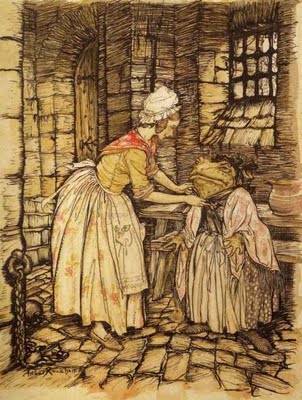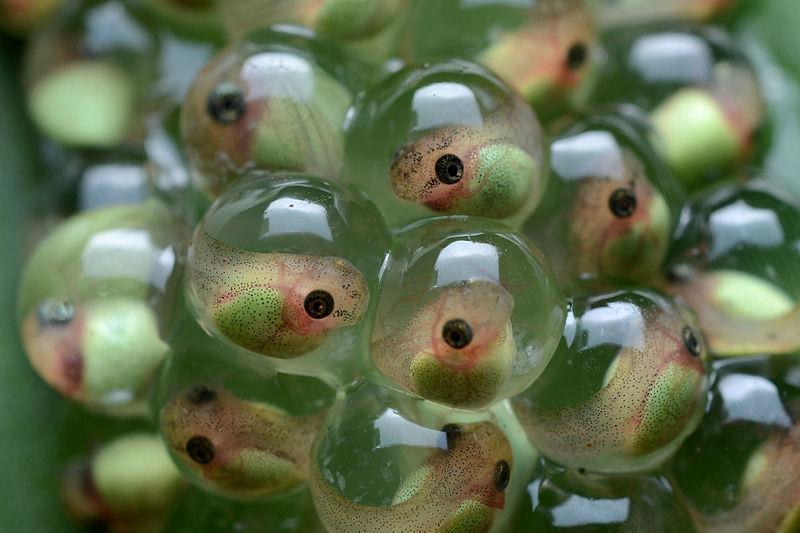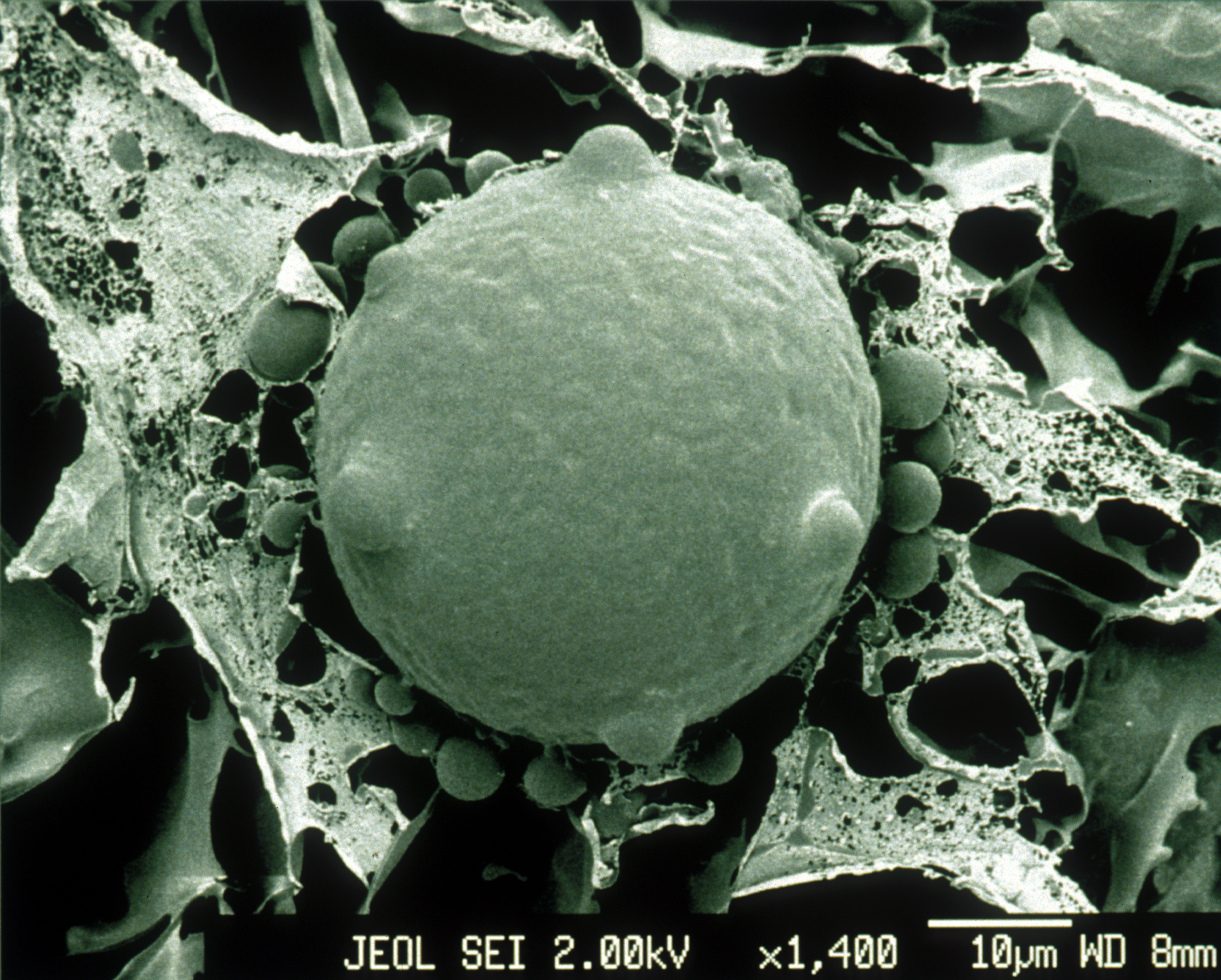Amphibia
Amphibia formed at the end of the Devonian period (~270 million years ago) (Cogger 2014). They are thought to have broken away from a group of fish that were the ancestors of lungfish (Cogger 2014). Members of today’s Amphibia bare little resemblance to their early ancestors (Cogger 2014).
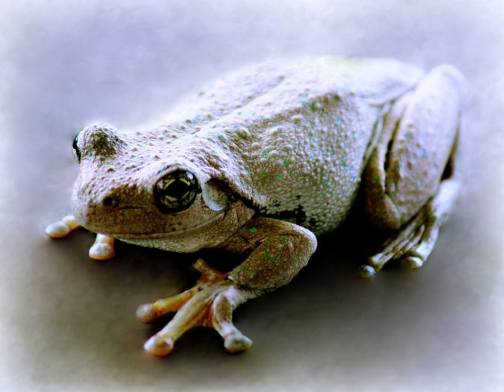
Amphibia is comprised of pendactyl vertebrates exhibiting a soft, glandular dermis (Cogger 2014). Their life cycles often include an aquatic larval stage that will ultimately result in metamorphose into oxygen dependant terrestrial adults (Cogger 2014). The eggs have no shell and are frequently deposited in water post-amplexus (Cogger 2014). The class Amphibia is divided into three orders: Salientia/Anura (frogs); Caudata (newts and salamanders) and Gymnophiona/ Apoda (caecilians) (Cogger 2014).
Order Salientia/Anura
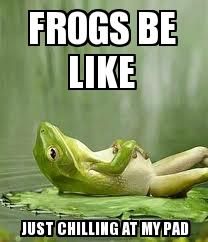
Anurans are organisms belonging to the order Anura (order is also referred to Salientia) (Chai 2014). Simply stated anurans are amphibians that lack tails as adults (Chai 2014). ‘Tailed frogs’ (Ascaphus sp.) are no exception to this as the ‘tails’ are an extension to the male cloaca which is used as a copulatory organ (Chai 2014).
There are more than 6200 species of anurans recorded and are present on all continents bar Antarctica (Chai 2014). Frogs present with the following characteristics: nicitating membrane; rounded external tympanic membrane; small maxillary teeth; an anteriorly attached tongue (extended to catch insects) so immensely proportioned that it must fold at the distal, bifid end that results in a final posterior position and are poikiothermic (Anstis 2013) (Chai 2014).
In Australia there are six anuran families: hylidae, myobactrichidae, limnodynastidae, ranidae, microhylidae and bufonidae (introduced) (Anstis 2013).
The Australian members of hylidae are on occasion designated as a separate sub-family, ‘Pelodryadidae’ from their overseas relatives (Anstis 2013).
Until recently there were five anuran fmailies in Australia as limnodynastidae and myobactrichidae were combined in the family Leptobactylidae (Anstis 2013).
Phylogenetic analysis split Leptobactylidae and moved Mixophyes and Rheobactrachus to myobactrichidae (Anstis 2013).
The only members of Bufonidae in Australia are cane toads (Rhinella marinus) and they are exotic pests (Anstis 2013).Anatomy and Physiology
Anatomy and Physiology
The coelomic is undivided and the intestinal tract is unextensive and replicative of standard vertebrata organisation (Chai 2014). The liver is crucially involved in the functioning of the immune system (Chai 2014). It synthesises nitrogenous compounds; metabolises materials from foreign and domestic origins and carries out antioxidation reactions (Chai 2014).
The skin is also a part of the immune system in anurans (Chai 2014). The dermis is a protective layer but it is the antimicrobial peptides produced by granular glands secreted through the dermis that provide the greater protection (Chai 2014). The sympathetic nerves stimulate the granular glands to produce the required compounds (Chai 2014). In some frogs their secretions are irritants or display a lethal toxicity. For example, Dendrobates sp. and Phyllobates sp. (poison frogs) produce steroid alkaloid toxins (Chai 2014).
The skin is also involved in thermoregulation, respiration, chemical exchange, sex recognition and fluid balance (Chai 2014). It has a low tolerance of water loss from evaporation resulting in a vulnerability to rapid water loss (Chai 2014). Terrestrial anurans produce compounds of a waxy or mucosal nature to prevent and reduce water loss (Chai 2014). Water can be reabsorbed through the ventral pelvic dermis (Chai 2014). The kidneys and urinary bladder also reabsorb water (Chai 2014). Another mechanism to reduce the effects of water loss is the decrease in glomerular filtration rates (Chai 2014). This reduction results in the accruement of ammonia in the tissues and while Anurans have a high level of resistance against increased levels of urea, azotemia may occur (Chai 2014). Upon rehydration urea is excreted at a rapid rate (Chai 2014). Glomular filtration rates are environment dependant as indicated by the observation that aquatic anurans have high ammonia concentrations in their excretions whereas terrestrial dwellers will excrete urea and/or uric acid (Chai 2014).
As anurans are poikitherms, the environment determines their: body temperature; water loss from evaporation; respiration rate; vocalisation; rate of muscle contraction and locomotion and digestion (Chai 2014). By extension, the environment dictates anuran behaviour and metabolic processes (Chai 2014). Consequently, it is critical that optimal environments are provided for captive anurans (Chai 2014). An inability to do so would result in undesirable behaviours such as slothfulness, hibernation, torpor and potentiality of death (Chai 2014). If an anuran is unable to self-regulate their temperature they may display the following signs: bacterial infection; change in skin colour; immunosuppresion; weight loss; agitation and inappetence (Chai 2014). Anurans rehabilitate more readily in a cooler climate which is in contrast to the recommendations for reptiles (Chai 2014).
Anurans have an advanced lymphatic system that participates in the exchange of fluids and regulation of blood volume (Chai 2014). The lymphatic system is comprised of: lymph hearts with pulsatile capabilities independent of the heart; extensive lymph vessels and lymph sacs in the subcutaneous tissue (Chai 2014). Build-up of fluid in the subcutaneous and coelomic cavity is indicative of lymph heart failure (Chai 2014). The uni-directional flow of lymph is regulated by one-way valves located between lymph sacs (Chai 2014).
Method of respiration in anurans is dependant on the stage of the life cycle. In the larval stage respiration is carried out by the gills. Adult anurans however, have lungs and a buccopharyngeal cavity for respiration. The dermis also participates in respiratory processes.
The adult anuran heart is three chambered with two atria and one ventricle (Chai 2014). The inter atrial septum is complete which limits the oxygenated and unoxygenated blood from mixing. The heart can be observed in contraction at the midline caudal to the shoulders (Chai 2014). There is also a renal portal venous blood system present (Chai 2014).
The diet of anurans is dependant on: species, size of the individual, habitat type and seasonality (Tyler 1994). The diet of Notaden melanoscaphus is composed of: ants, beetles, bugs, centipedes and termites (winged and wingless) (Tyler 1994). Whereas, the composition of Litoria rubella’s diet is: springtails, spiders, bugs, flies, beetles and ants (Tyler 1994). Tadpoles are either herbivorous or omnivorous (Chai 2014). Adult anurans are exclusively carnivorous and will prey upon invertebrates, mice, fish and other small vertebrates (Chai 2014). Terrestrial adults target mobile prey only (Chai 2014). Aquatic specimens rely on scent and are known to consume immobile food such as detritus (Chai 2014). Due to their vivacious attitude towards food consumption, their digestive systems are prone to overfilling and impaction is considered common (Chai 2014).
Sexual dimorphism is not always present in anurans making gender identification difficult (Chai 2014). Chronography is therefore a useful tool in determining sex (Chai 2014). The ovaries can be located in the pleuroperitoneal cavity. Their dimensions are highly dependant on the stage of reproductive cycle. The testes of the males are prolate spheroids and located dorsally. Due to their positioning they must compete for space with other viscera and are therefore are obligated to be small in size.
There is no correlation between the environmental niche an anuran inhabits and its body shape (Vidal-Garcia et al. 2014). There is however a slight relationship between broad habitat type and body shape (Vidal-Garcia et al.2014). Aquatic dwellers have longer limbs while arid specialists have shorter limbs (Vidal-Garcia et al. 2014). Anurans that do not specialise in a particular habitat do not have specialist shape as is consistent with many Australian anurans (Vidal-Garcia et al. 2014).
Reproduction
Reproduction in anurans is highly varied. However, in general they all undergo a form of amplexus. Reproduction is initiated by exogenous factors which, include a change in: rainfall; temperature; food availability and/or photoperiod. Amplexus is, “the pairing of adult frogs prior to and during egg-laying” (Anstis 2013, p17). Fertilisation is external in all anurans with exception to Ascaphus sp. (Chai 2014). Amplexus occurs at or near to the site of egg laying (Anstis 2013). Eggs are usually laid in an aquatic or at minimum a moist environment (Chai 2014).
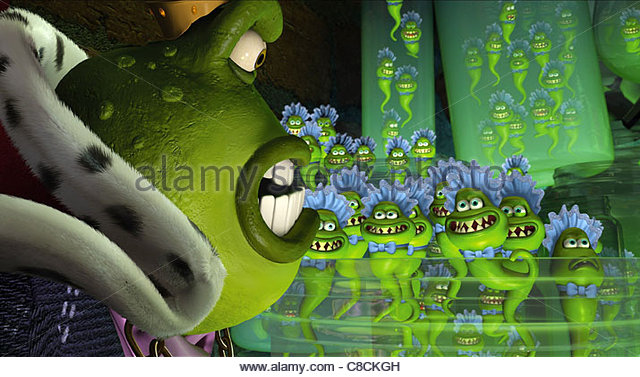
The males begin the courtship process through vocalisations which can be used to guard their territory against others males (Parish 1998). There is also evidence that chemosignalling aids reproduction (Woodley 2015). Reproductive hormones influence the production, secretion, detection and response to chemosignals (Woodley 2015). Certain chemosignals result in specific responses. The full extent of their use and use of chemosignaling in individual species is as yet unknown (Woodley 2015).
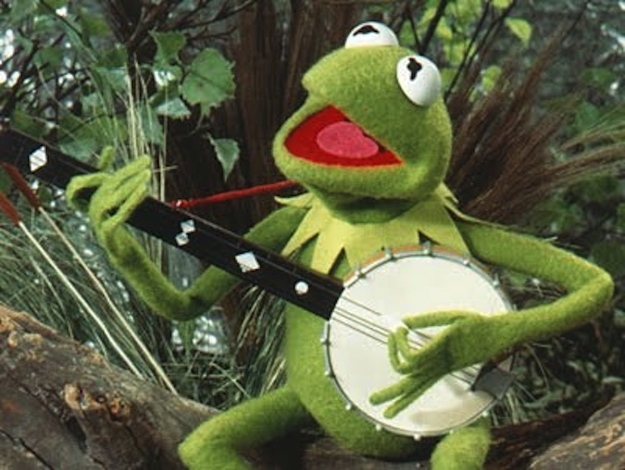
The male anuran thumbs hypertrophy to form ‘nuptial pads’ (Chai 2014). These pads aid the male in gripping the female during amplexus (Chai 2014).
Eggs and Embryos
Anuran eggs have a high degree of variation and there are twenty-three designations of eggs in Australia. The categories are: aquatic, non-foamy; aquatic, foamy or with bubbles that reduce; semi-terrestrial, foamy; terrestrial, non-foamy and para-viviparous. Non-foamy eggs lack bubbles in the jelly. Foamy eggs have bubbles in the jelly which occur by the female beating the egg jelly repeatedly. Egg are laid in clutches, tiers, layers, strings, rosary, strands or membranous cord.
The speed of egg development is temperature dependant and can take several weeks (Knowles et al 2015). Tadpoles will predate on unhatched eggs.
Developmental Stages in Aquatic Tadpoles
- The ovum is fertilised by the male. The ovum rotates with the animal pole dorsal.
- A grey crescent develops opposite the site the sperm penetrated the ovum.
- Cell division commences. The ovum is now divided into two segments.
- The animal pole completes division into four prior to the completion of vegetal pole division.
- The animal pole completes division prior to the vegetal pole. Eight cells are now present
- Cleavage increases in irregularity and there are sixteen cells present.
- The animal pole increases its cleavage rate exceeding the vegetal pole rate of division. There are now thirty-two cells present.
- Cleavage has reached mid-point. The number of vegetal pole cells is nearing the number of animal pole cells.
- Cleavage is now in the late stages. The cells of both poles are numerous and are minute.
- This stage is known as the dorsal lip. It is at this point that gastrulation commences. The yolk is plugged at the base.
- This stage is referred to at ‘mid-gastrula’. The yolk plug begins to shrink at a gradual rate. The embryo reorients.
- This stage is the late gastrula. The embryo is now re-oriented. The yolk plug is at the posterior pole but at a diminished size.
- A broad, flat plate develops dorsal to the embryo. The yolk plug minimises to a nodule.
- The embryo commences elongation and two ridges form beside the neural groove.
- The embryo rotates within the capsule and the neural folds then partially close.
- The neural fold is now fully closed. The head section begins formation. The gill plates are visible.
- The following are now visible: optic and pronephric bulges; gill plates; adhesive glands and the stomodael pit.
- Contained within the capsule the embryo may commence to bend laterally. The adhesive glands increase prominence and are coupled by a U-shaped groove or alternatively joining is absent. Narial pits are now visible and the gill plate divides into ridges. The tail bud extends. The direction of the extension is dependant on species. In Paracrinia, Crinia and some other myobatrachids the tail points posterodorsally. In Lechriodus, Limnodynastes and other myobatrachids the direction of the tail is posterior. Whereas in Uperoleia, Assa, Philoria and Mixophyes the tail is wrapped tightly around the yolk sac. In some species the embryos may begin to hatch during this stage.
- The heart commences pumping but this may not be visible. Stomodaeal pit is present as a shallow depression. In species that form external gills, minor gill buds form. Fins are opaque and gill buds begin formation. In Philoria, hind limb bud develops. In some species, hatching commences.
- Circulation of blood can be visualised. The adhesive glands are split. Stomodaeal pit depresses further. Melanophores may be present on dorsum.
- The pupil can be discerned from the surface. The iris is more greatly pigmented on its boarder. Ridges form from lips. Narial pits depress further. The wall’s of the body begin to expand. The tail fins expand and decrease in pigmentation. Gold flecks present in some species over the tail.
- Fin pigmentation decreases which aids circulation visibility. The exterior gills reach end of development. The eye is now distinct with slightly milky cornea. The lips widen. Maxilla is unkeratinised but potentially visible.
- The cornea clears. Gold pigment hues iris. Operculum extends to partially cover the exterior gills.speculum The gill gills are reducted. Flattening of lips continues. Maxillary and mandibular jaw sheaths formed but lack keratin and teeth. The body continues expansion and head and snout meld smoothly into body walls. Organs visible laterally. Additional gut sections may develop. The fins have lost majority of pigmentation and extend further and wider. Vent tube may reach developmental stage of opening. Hatching nears completion in majority of species.
- The dextral external gills close ventral to operculum. The sinstral gills have reducted. Jaw sheaths begin to keratin and teeth begin formation. Papillae begin formation. Iris takes on golden hue. The adhesive glands are reducted. Further development in intestinal tract. Split appears on operculum which is the spiracle. Development of vent tube still ongoing but nears opening in some species.
- Spiracle increases in length and open sinistrally. The optics reach completion of development. Papillae present, jaw sheaths keratinised and teeth nearly formed. Adhesive gland may still be present. Tip of tail may develop into flagellum. Tadpoles reach stage of development allowing them to feed.
- Oral disc nears completion. Tadpoles nearly reaches final hue. Hind limb bud length is less than half its diameter.
- Hind limb bud length is equal to or greater than half of its diameter.
- Hind limb bud length greater than or equal to diameter.
- Hind limb bud length greater than or equal to one and a half of its diameter.
- Hind limb bud is now the same as twice its diameter
- Lengthening of limb bud, absence of toes
- Two toe nubs present
- Three toe nubs present
- Four toe nubs present
- Five toe nubs present
- Differentiation increases in toes. Split between 4th and 5th toes. Webbing is slightly visible.
- The toes elongate.
- Tubercules form on metatarsals
- Sub-articular tubercules present
- Dextral vent tube opening is barely visible and disappears between limbs.
- Fold of skin between thighs absent. The forelimbs bulge underneath dermis.
- Emergence of forelimbs sinistrally. and then on dexter side through spiracle opening.
- Tails reducts. Mouth extends halfway between eye and snout.
- Tails reducts further. Mouth extends halfway between eye and snout.
- Tail reducts to stub. Mouth widens partway across the eye’s diameter.
- Metamorphosis is now complete.
Diseases
The chytrid fungus has had a devastating effect on anuran populations in Australia (Anstis 2013). It is limited to the dermis of frogs and the keratinised mouthparts of tadpoles (Anstis 2013). Tadpoles presenting with chytrid fungus will develop normally but may have absence teeth or eroded jaw sheaths which may negatively impact their feeding behaviour (Anstis 2013). It is possible for tadpoles to be infected without presentation of symptoms (Anstis 2013). Post-metamorphosis the infected individuals will be inappetent and lose the ability to absorb moisture through their dermis (Anstis 2013). The individuals will ultimately die within weeks of infection (Anstis 2013). Not all individuals within a population of those infected with the chytrid fungus will become infected (Anstis 2013).
Conservation
The ARAZPA Amphibian Action Plan (Gillespie et al. 2007) states that of the 219 anuran species native to Australia 27% face the threat of extinction (Gillespie et al. 2007) There are 33 species categorised as either endangered or critically endangered (Gillespie et al. 2007).
Habitat Loss and Pollution
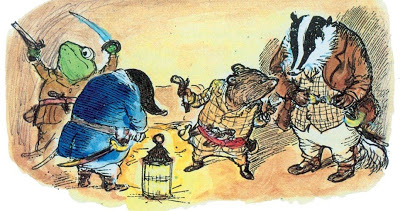
The threat of habitat loss or change of habitat is an issue for many organisms including anurans. Changes of habitat include: urban development; deforestation; climate change; environmental pollution (i.e. herbicides, pesticides and fungicides); change in the water table and drainage of coastal swamps and wetlands. The long term effect of environmental pollutants on anurans is at yet unknown.
Mining Issues
Mining has deleterious effects on the environment (Anstis 2013). Frogs are particularly susceptible to these effects due to their semi-permeable dermis and their habitat requirements (Anstis 2013).
References
Huhta, E & Sulkava, P 2014, 'The Impact of Nature-Based Tourism on Bird Communities: A Case Study in Pallas-Yllästunturi National Park' Environmental Management, 53(5), 1005-1014. Randler, C, 2006, 'Disturbances by dog barking increase vigilance in coots Fulica atra'. European Journal of Wildlife Research, 52(4), 265-270. Banks, PB & Bryant, JV 2007, 'Four-legged friend or foe? Dog walking displaces native birds from natural areas', Biology Letters, 3(6), 611-613. Bibby, C 2004, 'Bird diversity survey methods', Bird Ecology and Conservation, Oxford University Press. Blumstein, D, & Daniel, J 2005, 'The Loss of Anti-Predator Behaviour following Isolation on Islands', Proceedings: Biological Sciences, 272(1573), 1663-1668. Boland, CRJR 2004, 'Breeding Biology of Rainbow Bee-eaters (Merops Ornatus): A Migratory, Colonial, Cooperative Bird.' Auk 121, no. 3: 811-23. Buckley, R, 2004, 'Impacts of ecotourism on birds'. In: Buckley, R. (Ed.), Environmental Feral Scan, Dog sightings, accessed September 2016, https://www.feralscan.org.au/wilddogscan/map.aspx Gregory, R, Gibbons, D, Donald, P 2004, 'Bird census and survey techniques', Bird Ecology and Conservation (p. Bird Ecology and Conservation, Chapter 2). Oxford University Press. Higginbottom, K, 2004, 'Wildlife tourism : Impacts, management and planning', Common Ground Publishing [for] CRC for Sustainable Tourism, Victoria http://www.environment.gov.au/biodiversity/threatened/species/spotted-quail-thrush.html Impacts of Ecotourism. CAB International, Cambridge, pp. 187-209. Pickering, S, Castley, G 2001, 'A review of the impacts of nature based recreation on birds', Journal of Environmental Management, 92(10), 2287-2294 Sutherland, 2006, Ecological census techniques : A handbook / edited by William J. Sutherland. (2nd ed.). Cambridge, UK ; New York: Cambridge University Press. Sutherland, WJ, Green, R, 2004, 'Habitat assessment', in Sutherland, W, Bird ecology and conservation: A handbook of techniques Techniques in ecology and conservation series 1, Illustrated ed., Techniques in ecology and conservation series; 1, Oxford University Press Inc., New York, p.252 Threatened Species Scientific Committee (2002), 'Commonwealth Listing Advice on Cinclosoma punctatum anachoreta (Spotted Quail-thrush (Mt Lofty Ranges)), accessed October 2016, 9


